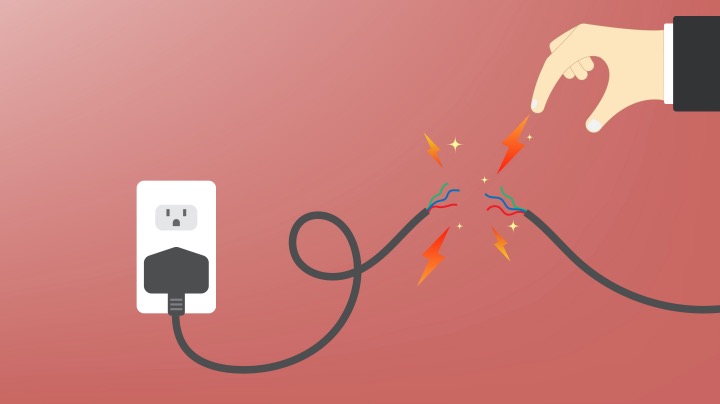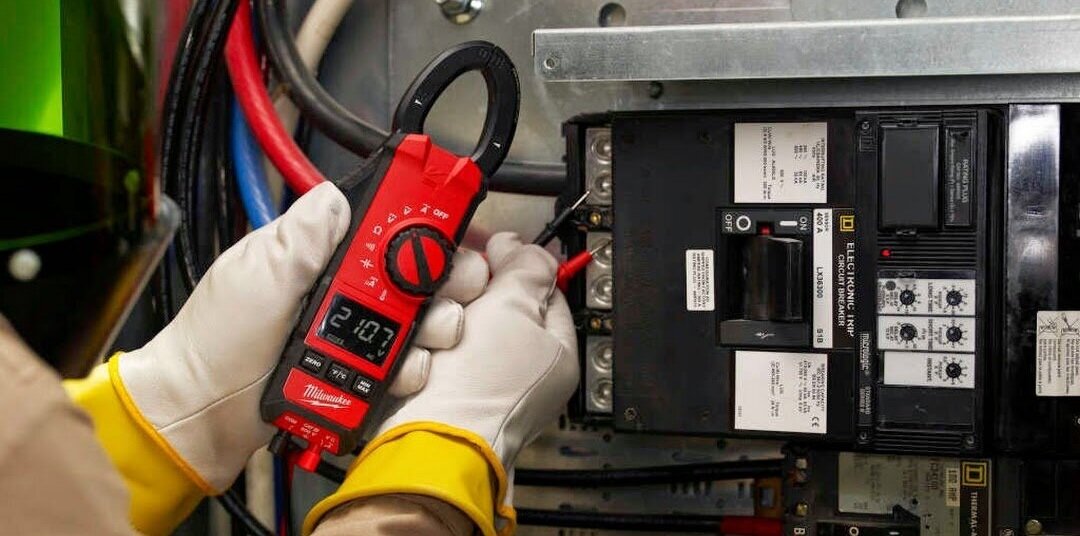Professional mechanical engineering industry support services for your business growth.
Professional mechanical engineering industry support services for your business growth.
Blog Article
Top Tips for Effective Electric System Troubleshooting
Fixing electric systems calls for a methodical technique, grounded in a detailed understanding of electric concepts and safety and security protocols. The subtleties of reliable troubleshooting prolong beyond mere technical expertise; understanding how to document searchings for and prioritize safety can considerably influence results.
Understand the Essentials
Recognizing the basics of electrical systems is vital for efficient troubleshooting, as a solid foundation allows specialists to diagnose and deal with issues much more efficiently. An extensive grasp of electrical concepts, such as voltage, current, resistance, and power, is essential in determining the origin of problems. Voltage is the electrical potential difference that drives present with a circuit, while resistance opposes the circulation of present, affecting the total functionality of the system.
Familiarity with circuit components, including resistors, capacitors, diodes, and switches, is also extremely important. Each component plays an unique duty in circuit habits and can influence performance when malfunctioning. Furthermore, recognizing collection and identical circuit setups is essential, as these arrangements affect the circulation of voltage and present within the system.
In addition, knowledge of safety procedures is vital. Technicians must be conscious of prospective hazards, such as shock and short circuits, to execute risk-free troubleshooting techniques. By understanding these foundational concepts, service technicians improve their ability to carry out effective diagnostics and repair services, eventually bring about boosted performance and reliability of electrical systems. This fundamental understanding is the keystone of successful repairing endeavors.
Gather Necessary Devices
Effective troubleshooting of electrical systems calls for the appropriate collection of devices to diagnose and deal with concerns accurately. Crucial devices consist of a multimeter, which measures voltage, current, and resistance, enabling for specific evaluations of electric components.
Additionally, protected hand tools such as screwdrivers, pliers, and wire pole dancers are vital for safely manipulating electric connections. It is likewise suggested to have a circuit tester available to confirm the visibility of voltage in outlets and cords. For even more complicated systems, a thermal imaging camera can help identify overheating parts, showing possible failures.

Follow a Systematic Method
Having gathered the suitable tools, the next action in troubleshooting electrical systems is to follow an organized approach. A methodical technique makes certain that specialists can recognize faults successfully and accurately, minimizing downtime and stopping unneeded repair services.
Begin by reviewing the system's schematic diagrams and specs. This includes monitoring each element methodically, beginning from the power source and functioning towards the load.
Use testing tools, such as multimeters and oscilloscopes, to collect unbiased data concerning voltage, present, and resistance at numerous factors within the system. This empirical proof will certainly lead your troubleshooting initiatives and aid to verify or eliminate possible root causes of failing.
In addition, consider environmental variables that may affect the system's efficiency, such as temperature variations or dampness ingress. An extensive inspection of electrical wiring, links, and parts will make sure that all possibilities are represented.
Record Your Findings
Comprehensive paperwork is essential in the troubleshooting process of electrical systems. This technique not only aids in recognizing the root reason of the trouble however additionally offers as a reference for future repairing efforts.

In addition, keeping a log of components replaced or fixings performed is vital. This info sustains inventory administration and can assist examine the longevity and integrity of certain parts.
Eventually, the documents procedure ought to be detailed yet concise, enabling very easy access and evaluation - electrical system troubleshooting. By focusing on thorough documentation, professionals can create a beneficial understanding base that not just help in current troubleshooting however additionally equips future upkeep efforts, thus boosting overall system dependability

Prioritize Security Measures
Identifying the inherent threats associated with electrical systems is Visit Website crucial for guaranteeing security during troubleshooting. Electric shock, burns, and devices damages are just a few of the possible threats that professionals encounter. Prioritizing precaution is not just a legal responsibility yet additionally an ethical vital that safeguards both the service technician and the surrounding environment.
Prior to starting any type of troubleshooting job, service technicians must wear proper personal protective equipment (PPE), including insulated gloves, shatterproof glass, and flame-resistant apparel. Guaranteeing that the workplace is completely dry and devoid of mess can substantially minimize the danger of mishaps. It is crucial to de-energize circuits prior to beginning any kind of job, verifying that they are not live with the usage of a multimeter or voltage tester.
Establishing clear communication procedures with employee is also vital; this makes sure that everybody recognizes potential hazards and the condition of the electric system being dealt with. Finally, having an emergency response strategy in position can show important in the event of a case. By prioritizing safety measures, service technicians can properly minimize risks and promote a safer office.
Final Thought
Effective electric system fixing counts on a comprehensive understanding of fundamental principles and a systematic method. By gathering necessary devices, adhering to methodical examination strategies, and carefully recording findings, the fixing procedure becomes a lot more efficient and reliable. Focusing on precaution makes sure the wellness of people included and the integrity of the electrical system. that site Executing these strategies will certainly improve the fixing experience, leading to quicker resolutions and improved operational efficiency in electric systems.
Report this page